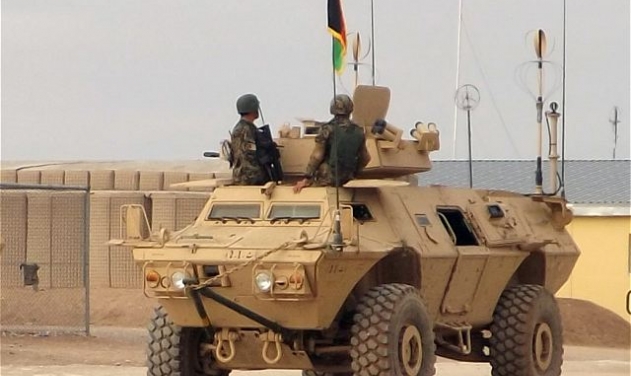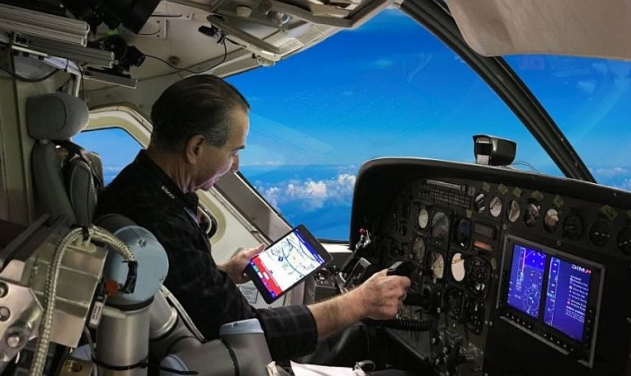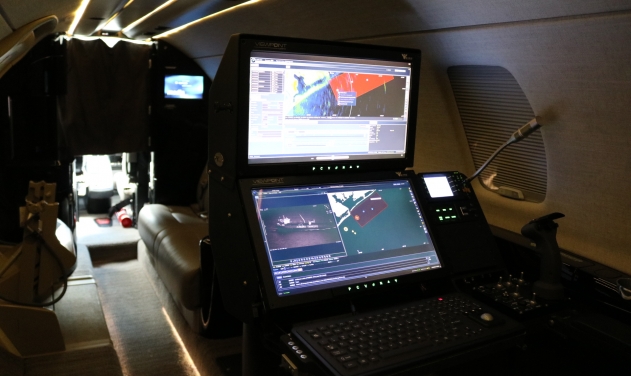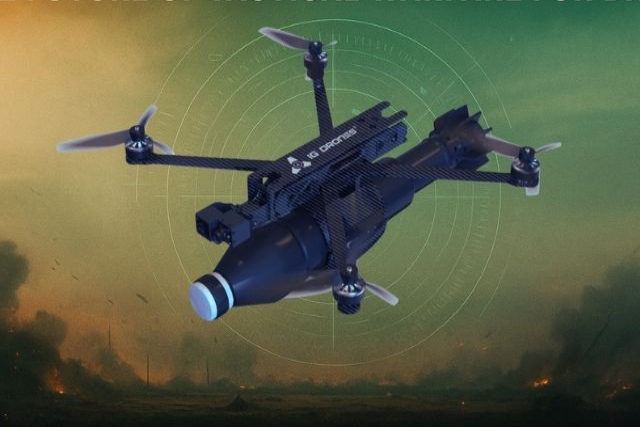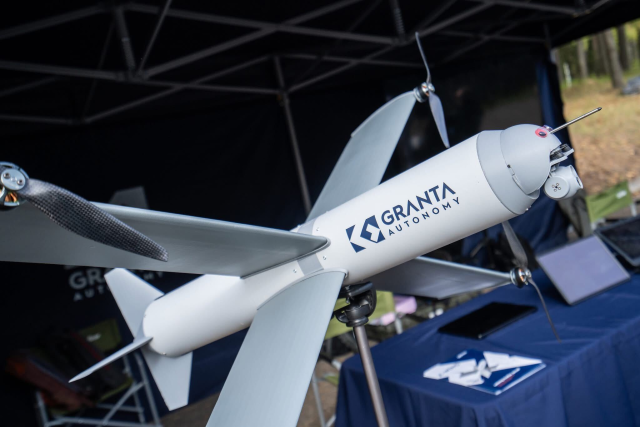Textron Demonstrates Manned-unmanned Teaming Capability

Textron announced the integration and demonstration of the company’s manned-unmanned teaming capability via its’ Synturian control and collaboration technology and Scorpion jet.
During the proof of concept demonstration, the team installed Synturian software into the cockpit mission computer of the Scorpion jet. The team simulated a Nightwarden tactical Unmanned Aircraft System (UAS) and an Aerosonde UAS for the demonstration, which featured flight acquisition and control of the simulated air vehicles and sensors (up to LOI 4), the company said in a statement Monday.
Using Synturian, the Scorpion aircrew set up flight route waypoints, established surveillance orbits, steered the sensor and changed the unmanned aircraft heading, airspeed and altitude. The simulated unmanned aircraft were then able to operate without further aircrew interaction.
Synturian control and collaboration technologies empower situational awareness and informed action. The Synturian family of products includes two main product lines — Synturian Control and Synturian Remote. Synturian Control is a multi-platform, multi-vehicle, multi-domain control system that enhances collaboration and dissemination of information. Synturian Remote features mobile, network-strengthened tools that enhance situational awareness through timely information and collaboration.
The Scorpion jet equips the warfighter with a technological advantage while delivering exceptional mission readiness at unparalleled low acquisition, operating and training costs. With its 85-cubic ft. center payload bay, easily field-configurable mission packages, six hard points, fast dash speeds and extended endurance and loiter time, the Scorpion’s versatility is unmatched. Built to excel as an affordable multi-role platform, the Scorpion jet delivers ISR, armed reconnaissance, CAS, maritime and border patrol and jet training capabilities.
